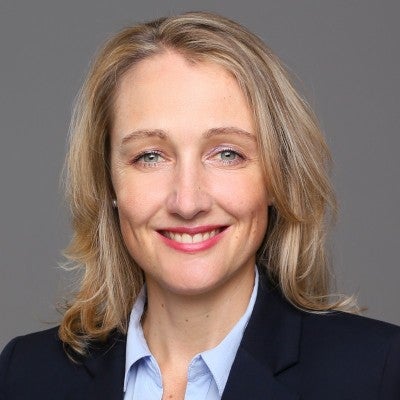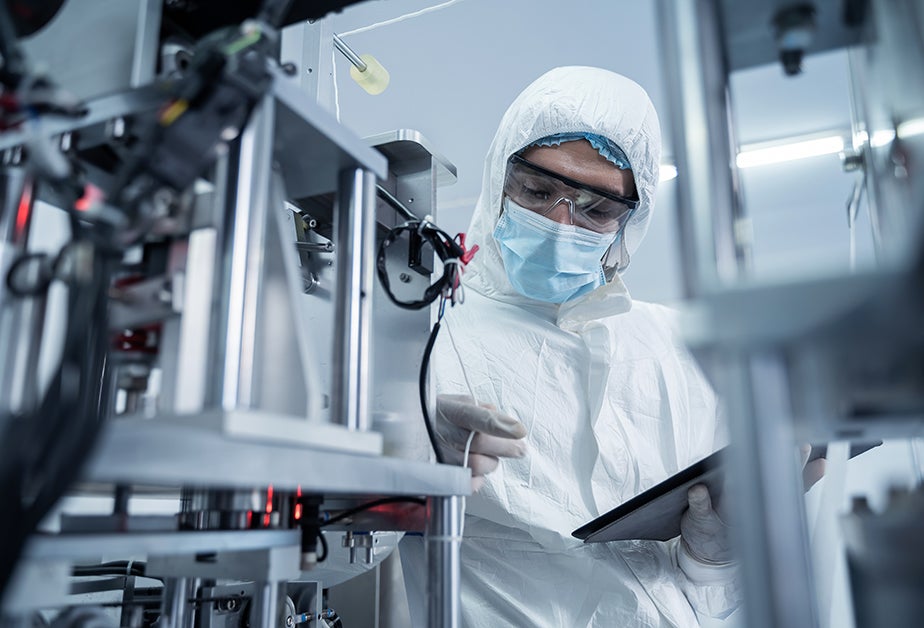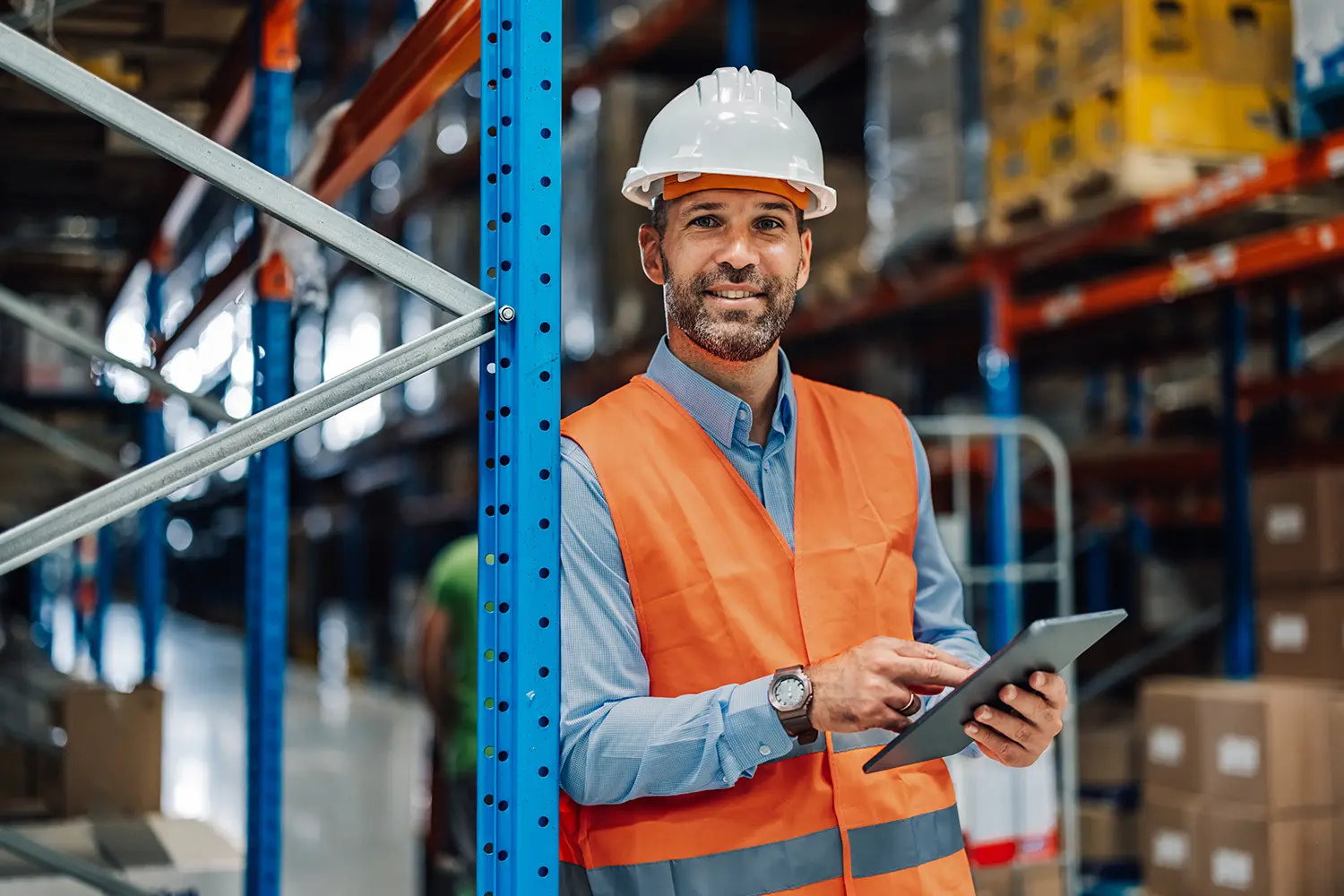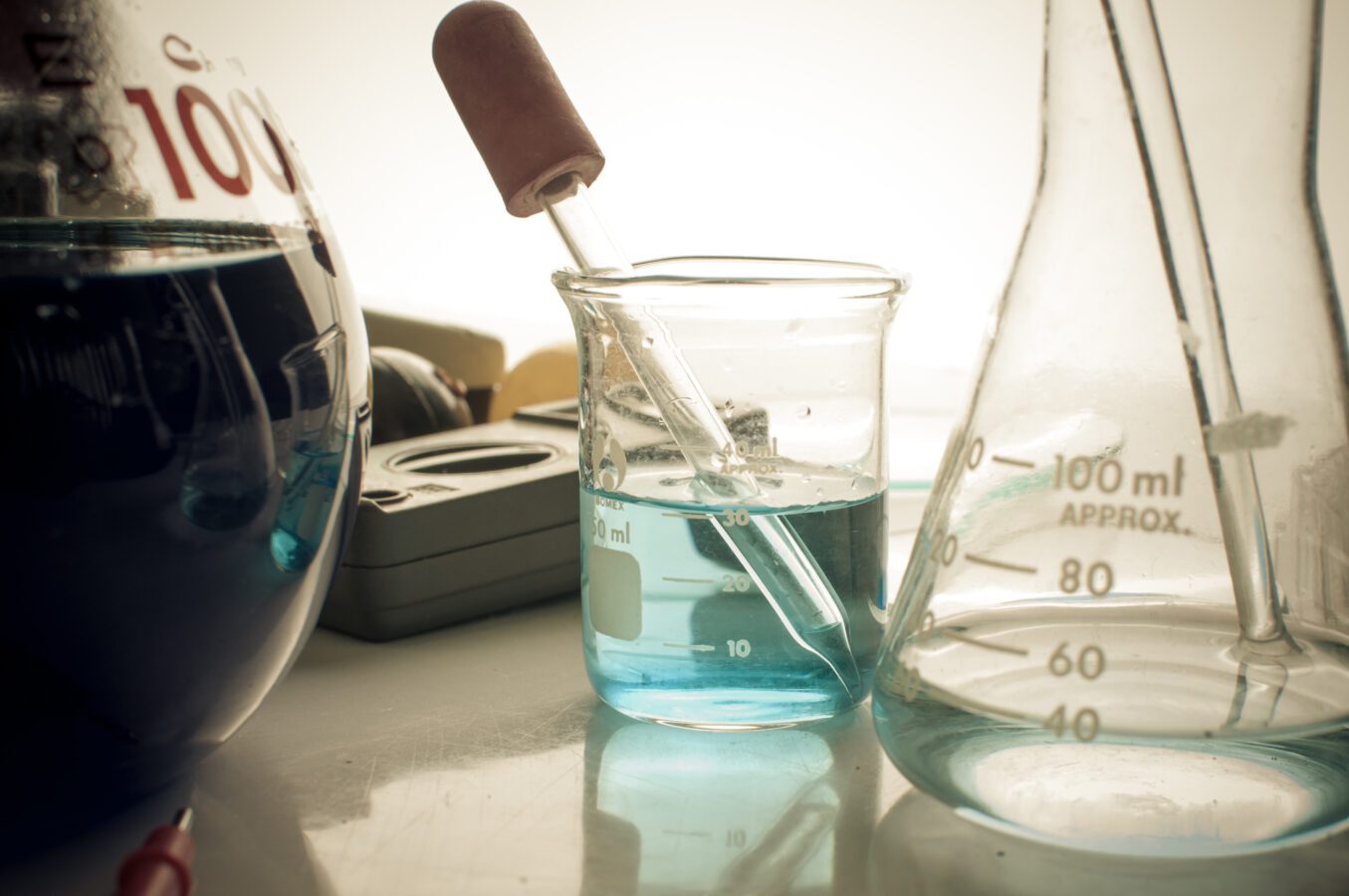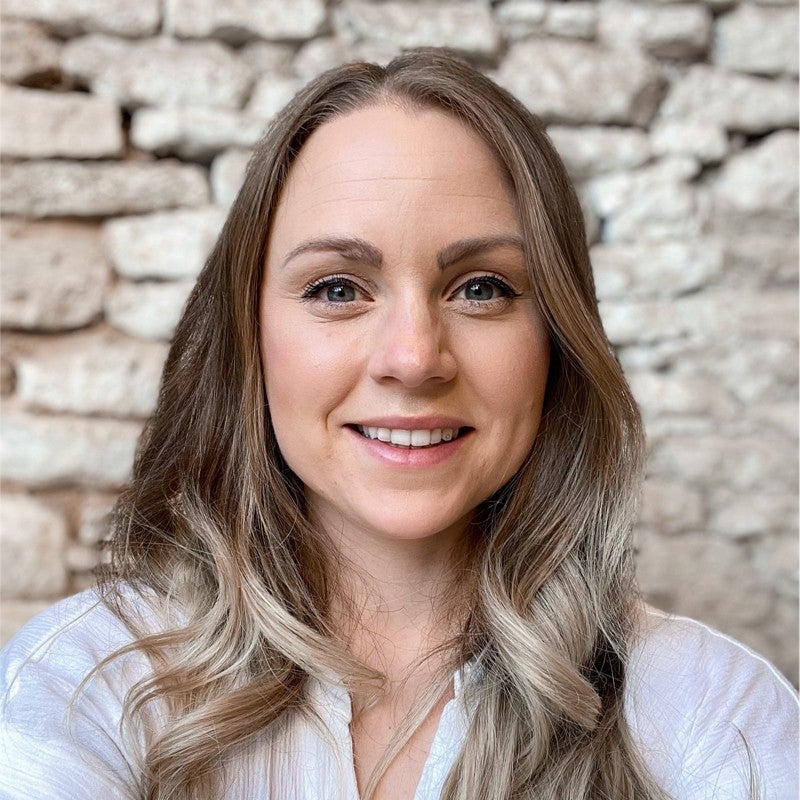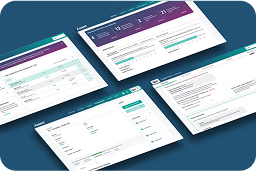The EU is continuing to take meaningful strides towards promoting a safer and more sustainable economy. Through the EU REACH Regulation and the Stockholm Convention on Persistent Organic Pollutants, new standards and guidelines on certain substances are being introduced. This underscores the importance of companies performing due diligence and ensuring they have transparency in their supply chains.
ECHA’s Eight New Additions to the REACH Authorisation List
The European Chemicals Agency (ECHA) has recommended eight new substances to be added to the REACH Authorisation List:
- Ethylenediamine
- 2-(4-tertbutylbenzyl)propionaldehyde and its individual stereoisomers
- Lead
- Glutaral
- 2-methyl-1-(4-methylthiophenyl)-2-morpholinopropan-1-one
- 2-benzyl-2- dimethylamino-4’-morpholinobutyrophenone
- Diisohexyl phthalate
- Orthoboric acid, sodium salt
As a result, a large number of products, as well as repair and maintenance processes, would be impacted by this update.
If these recommendations are implemented, the substances will have a last application date 18 months after they are officially added to the list, and 18 months before the sunset date. While the authorization process does not impact articles, it requires that every EU company obtains authorization to use these substances for each use.
Tired of playing catch-up with your requirements? Get ahead of the curve with our guide, Product Compliance Your Supply Chain Sustainability Foundation.
The EU Restricts Lead in PVC
Changes to the Authorisation List aren’t the only concern for manufacturers — the European Commission has updated Entry 63 of the REACH Annex XVII list to restrict lead and its compounds in PVC, a widely produced synthetic plastic. And the timeline for the industry will be tight: it applies from November 29, 2024, granting an 18-month window for companies to prepare.
The new rule has some exceptions:
- PVC items made with recovered flexible PVC can be used until May 28, 2025.
- Certain rigid PVC items made with recovered rigid PVC can be used until May 28, 2033, but they can’t contain more than 1.5% lead.
- PVC-silica separators in lead acid batteries can be used until May 28, 2033.
Manufacturers using PVC articles containing lead and its compounds in the EU need to start engaging with their supply chain now to comply before the sunset date.
Stockholm Convention Bans Dechlorane Plus & UV-328
In a significant move for global environmental health, the Stockholm Convention on Persistent Organic Pollutants (SC COP-11) has agreed to include Dechlorane Plus™ and UV-328 in Annex A of the Convention. This inclusion implies that the production and use of these substances, barring specific registered exemptions, must be phased out by all parties to the convention.
Dechlorane Plus™ (CAS No: 13560-89-9) is a chemical used to slow or stop fires. UV-328 (CAS No: 25973-55-1) is a type of chemical that absorbs UV light — it’s used to protect surfaces from getting discolored or broken down when they’re exposed to UV light or sunlight.
Companies are now faced with the task of ensuring these substances are not present in any articles placed on the market, as they will be prohibited under the EU POPs Regulation.
Future-Proof Your Company With Assent
Navigating the new EU guidelines from REACH and the Stockholm Convention can seem daunting. With fresh restrictions and additions to the Authorisation List, not to mention the Stockholm Convention’s latest bans, it’s clear the rules of engagement are changing.
But you’re not alone. We’ve designed our Supply Chain Sustainability Platform to help you adapt to these shifts and thrive despite uncertainty. Our solution takes the complexity out of compliance, giving you the tools you need to monitor your supply chain effectively.
To see how we can support your supply chain sustainability management program, contact us for a demo. Let’s navigate the future of compliance and sustainability together.
